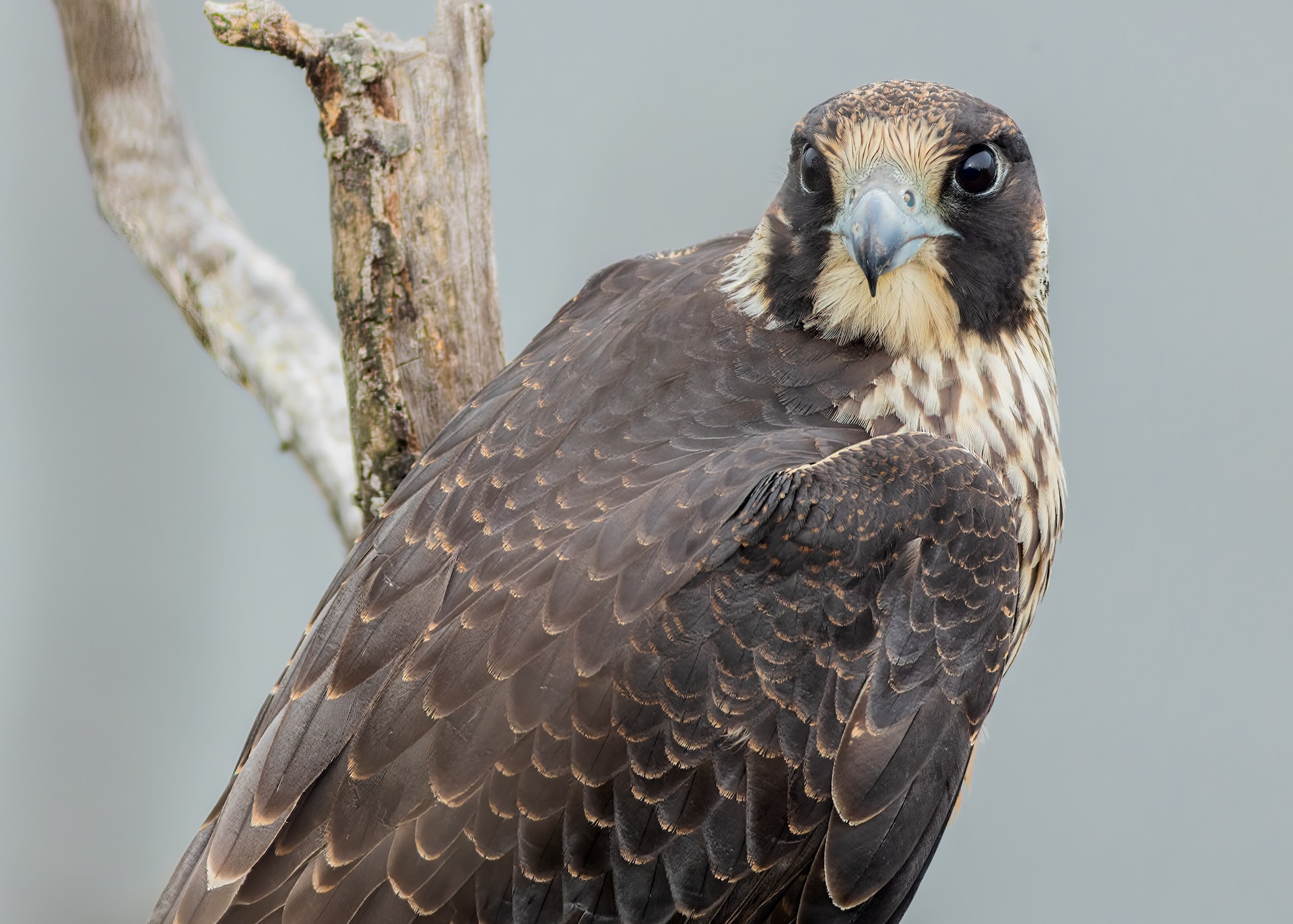
Peregrine falcons are one of the most iconic and charismatic birds of prey in the world. With their striking appearance and incredible hunting abilities, it’s no wonder they have captured the imagination of people for centuries. However, peregrine falcons have faced significant challenges over the years, including habitat loss, pollution, and hunting pressure. Despite these threats, they have managed to make a remarkable recovery in many parts of the world, thanks in large part to concerted conservation efforts. So, does the success of peregrine falcon conservation hold valuable lessons for other bird species facing similar challenges? Let’s take a closer look.
First of all, it’s worth considering what exactly has made the recovery of peregrine falcons so successful. One key factor has been the implementation of protective legislation, which has given these birds legal protection from hunting, trapping, and disturbance. In addition, many conservation organizations have worked tirelessly to create suitable habitats for peregrine falcons to thrive in, by protecting and restoring key sites, such as cliffs and urban skyscrapers. Finally, ongoing monitoring and research have helped to keep track of the status of peregrine falcon populations and to identify potential threats.
All of these efforts have paid off in a big way, with peregrine falcon populations rebounding in many parts of the world. For example, in the United States, where peregrine falcons were once listed as endangered, the population has now recovered to the point where they are no longer considered threatened. Similarly, in the United Kingdom, peregrine falcons have made a remarkable recovery and can now be seen nesting in many urban areas, including London and other major cities.
So, what can we learn from the success of peregrine falcon conservation? One important lesson is the value of legal protection for birds. Without strong legislation protecting them from human activities, many bird species are vulnerable to exploitation and harm. In addition, the importance of habitat protection and restoration cannot be overstated. For many bird species, especially those that are migratory, having suitable habitats available to them during critical parts of their life cycle is crucial for their survival.
Finally, the role of research and monitoring cannot be underestimated. Without a deep understanding of the status and needs of bird populations, it is difficult to implement effective conservation strategies. Ongoing monitoring and research help to identify threats, track population trends, and develop new conservation tools and techniques.
In conclusion, the success of peregrine falcon conservation provides valuable insights into what it takes to protect and recover endangered bird populations. By implementing legal protections, protecting and restoring habitats, and conducting research and monitoring, we can help to ensure that more bird species enjoy the same success as peregrine falcons. While the challenges facing bird conservation are significant, the successes of peregrine falcon recovery should inspire us to keep working towards a brighter future for all our feathered friends.
Comments
Post a Comment